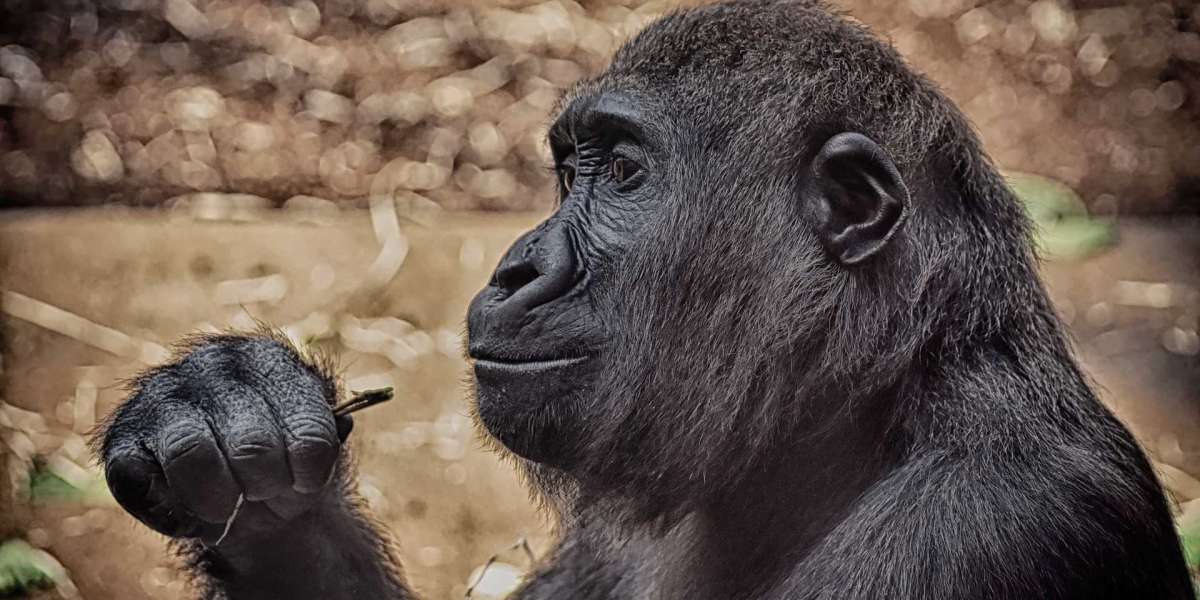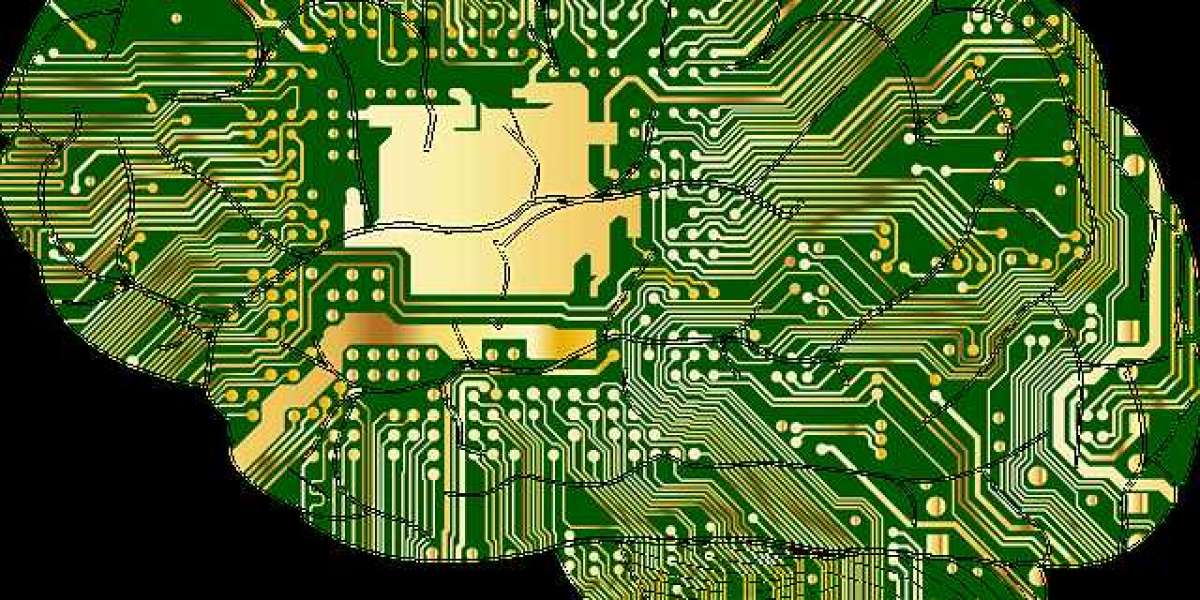It has been revealed that Neuralink, Elon Musk's brain chip startup, which claims to connect our minds to the internet, is in legal difficulty. According to a report by the Physicians Committee for Responsible Medicine, the corporation subjected its test monkeys to "severe pain," resulting in the deaths or euthanasia of 15 of the 23 monkeys used in the study, according to the report. The news has spread like wildfire across the world's media, despite the fact that Neuralink has published a statement emphatically denouncing such charges.
It was from 2017 to 2020 that they tested the chips on primates, which were a kind of artificial 'brain network' that, according to Musk himself, will be used in the short term to allow people with amputated limbs, brain injuries or spinal damage to control a computer, a mobile phone, or any device that is only connected with thought.
During that time period, at least 15 specimens died or were euthanized, according to the complaint filed with the United States Department of Agriculture, which is responsible, among other things, for the treatment of animals. California's public records can be found here.
In an interview with The New York Post, Jeremy Beckham, research advocacy director for the Physicians Committee for Responsible Medicine, stated that "almost all of the monkeys that had implants inserted in their heads suffered fairly serious health problems." 'To put it bluntly, they were torturing and killing the animals,' says one witness.
Several specific cases are included in the paper, such as the alleged case of a monkey who had some fingers, both toes, and both hands severed (see below). "It's possible that the monkey died as a result of self-mutilation or some other undefined trauma," the complainants speculate, adding that the monkey was afterwards slaughtered. Also condemned are trepanations used to implant the electrodes, which result in serious infections that necessitated the sacrifice of a large number of monkeys. A female macaque was subjected to vomiting, retching, and panting after being operated on, which ultimately resulted in her death, it is stated further. An autopsy found that the animal had died as a result of a brain hemorrhage, according to the findings.
clinical trials on humans
Following the success of experiments with primates - including the viral video of Pager, a macaque who was able to play video games with his mind - Elon Musk himself said that human trials would begin this year following the success of studies with monkeys.
"Thinking about it in terms of circuitry replacing defective or missing neurons is the correct way to approach it. Many difficulties can be handled by simply linking impulses between existing neurons, which is a rather simple procedure. Human progress will accelerate once we have electronics in our bodies (it's difficult to have nuanced conversations with monkeys) before the end of the year "Musk expressed himself on social media.
The response from Neuralink
When confronted with the claims, Neuralink initially attacks the Physicians Committee for Responsible Medicine, claiming that these are "accusations originating from persons who oppose any use of animals in research." This organization, which pushes for veganism and opposes animal testing, has received funding from the controversial animal rights organization PETA, according to The Guardian. The agency, on the other hand, maintains that it does not currently have any business dealings with them.
UC Davis' California National Primate Research Center (CNPRC) is a research facility that conducts animal-based research, according to the company, which formed a partnership with the University of California at Davis (UC Davis). Over the next two and a half years, we collaborated with the University of California, Davis, to create the framework for Neuralink's research and development efforts.
"When beginning this type of medical study, unique surgeries are frequently conducted on animal cadavers first, and later in terminal treatments," explains the researcher. Carnivore carcasses are those of deceased animals who have been compassionately euthanized for medical reasons by a veterinarian, or who have been euthanized as part of a previous research project that is unconnected to this one "They have a point. "These animals have been declared healthy enough to undergo an anesthesia procedure by veterinary professionals, but they may not have an appropriate quality of life due to a pre-existing ailment," says the veterinarian. In the event that the test technique has an unanticipated outcome, doing first surgeries on cadavers and terminal treatments ensures that an animal will not suffer post-operatively if the procedure is successful." To put it another way, at the outset of the experiments, cadavers of animals or specimens that had previously displayed diseases unrelated to the current one were used.
The fact that not 15, but 8 primates had to be sacrificed as a result of these tests is acknowledged by the researchers. "As part of this work, two animals were euthanized on planned completion dates to collect important histological data, and six animals were euthanized on medical advice from UC Davis veterinary staff," they write. They specifically point out that the sacrifices were motivated by a number of factors "a surgical complication associated with the use of the FDA-approved product (BioGlue), a device failure, and four suspected infections associated with the device, all of which are risks associated with the use of any medical device. percutaneous". Following that, they point out that new surgical methods have been devised, as well as revisions to device designs.
Finally, they note out that Pager, the macaque who was seen playing video games, was subjected to surgery later on, during tests at the Neuralink facility, which was constructed concurrently with the trials at UC Davis and was built in parallel with the experiments there.



